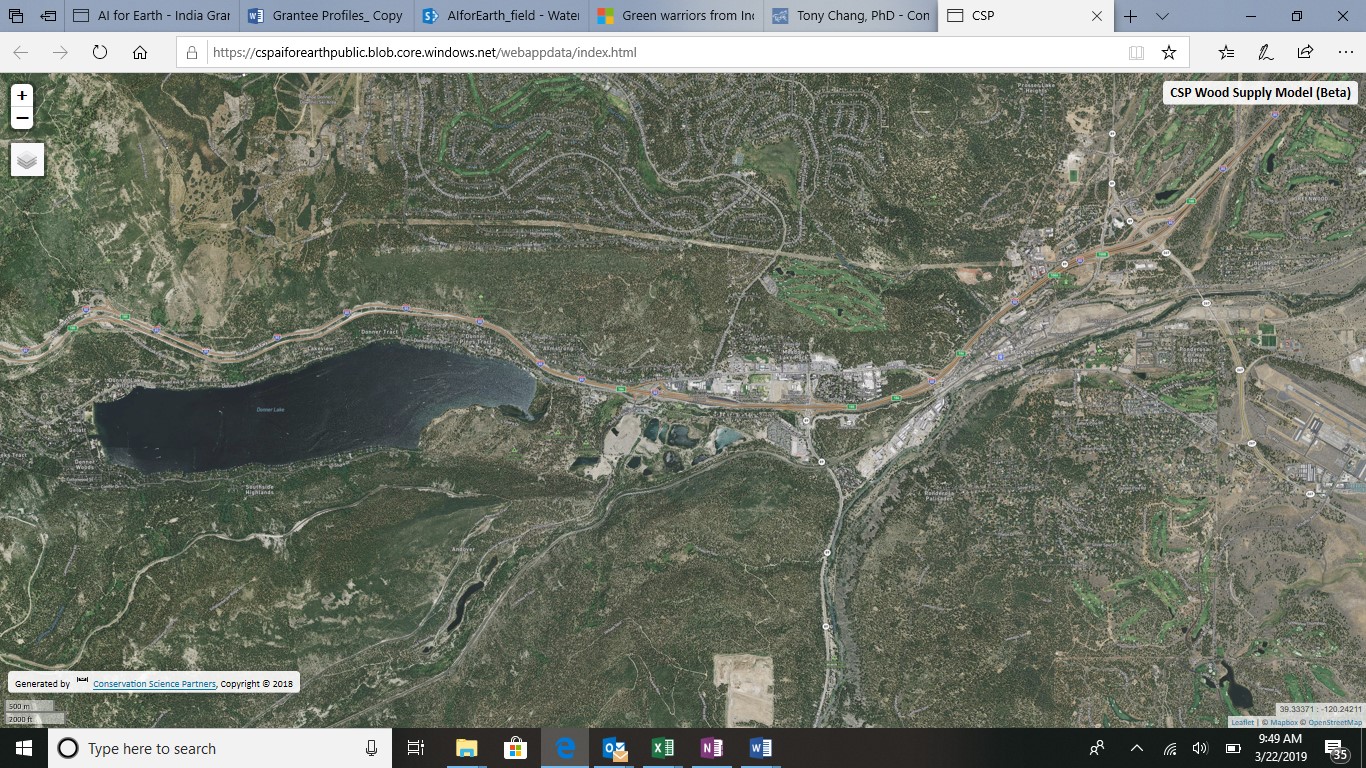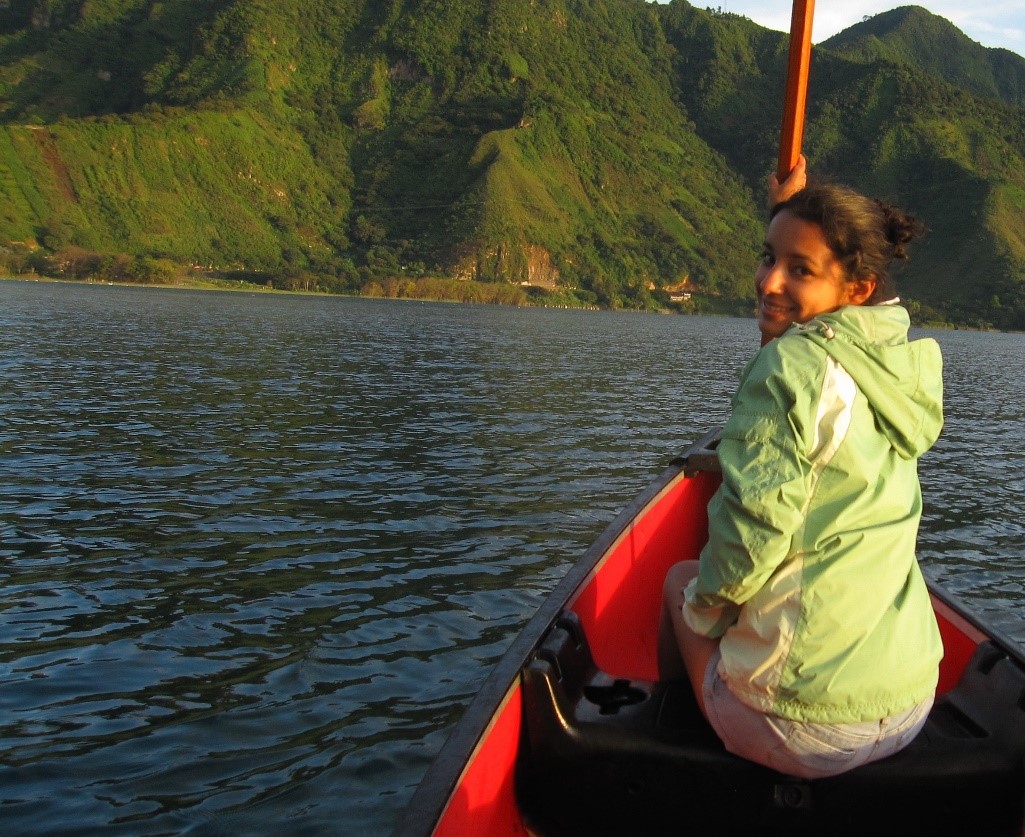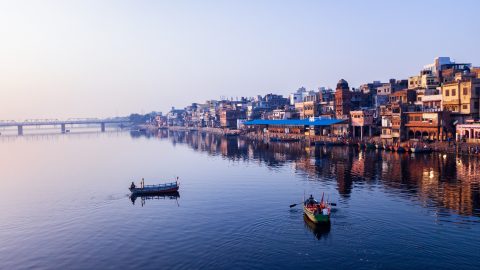
Here’s how AI is helping secure water for your future
Last year, Cape Town, South Africa, came within days of running out of water. This summer, Chennai, India, ran dry, with residents standing in line for hours for government water supplies.
Global demand for water is rapidly growing – but it is becoming increasingly scarce. Almost a third of the world’s population is estimated to be living in water-scarce areas, according to the World Data Lab.
With an increase in shortages driven by climate change and a growing global population, better management of this resource is crucial.
Here’s how some grantees from Microsoft’s AI for Earth program are trying to help
[READ MORE: How clean water data is helping to protect Brazil’s precious ecosystems]
Monitoring drinking water supplies
A team of researchers at Stanford University’s Natural Capital Project is combining remote-sensing data with machine learning to detect smaller dams and reservoirs. These structures deliver drinking water and generate hydropower, but they can also risk threatening ecosystems if not built and managed carefully.
Developed using Microsoft Azure, the algorithm will be made freely available to the sustainable development community.

Managing water in megacities
The rapidly growing demand for water in India will soon significantly outpace its supply. Dr. Yogesh Simmhan is using the Internet of Things (IoT) to help ensure people have access to an affordable, safe water supply. This can be an issue in areas with dense populations, particularly megacities (those with populations over 10 million), many of which experience water scarcity and inequitable access.
As part of his work with the EqWater project, Dr. Simmhan is using data analytics and machine learning to understand the causes of variations in access to water for individual neighborhoods; algorithms can be used to better manage supplies, such as improved water scheduling or detecting leaks.
Pooling data on areas such as flow from reservoirs, seasonal weather and residential use, the team can predict peak demand and identify shortfalls.
[READ MORE: A shift in perspective: Taking a new view on water security through technology]
Better understanding of the weather
Improved forecasting of droughts and floods will become increasingly important as climate change drives more extreme weather events. The Center for Western Weather and Water Extremes project, based at the Scripps Institution of Oceanography at UC San Diego, is working to increase its understanding of some of the less well-recognized weather phenomena affecting the western U.S.
Such phenomenon is atmospheric rivers – large bodies of water vapor in the sky. Although little is understood about them, they are known to trigger intense storms and flooding, and are major contributors to water supplies. Equally, droughts can occur if they fail to arrive at the expected time or place. Deep learning is helping the team predict their behavior.

Investigating the effect of tree loss
Drought, climate change, wildfires and insect infestation have all contributed to an increase in tree loss in the western U.S., where forest health is a major concern. Trees help prevent flooding by absorbing rain and slowing run-off; they contribute to drinking water supplies by helping replenish aquifers and purifying water; and they play a vital role in carbon capture.
Tony Chang and a team at the research nonprofit Conservation Science Partners are using cloud computing and machine learning to assess tree health and biomass, using images from NASA, the U.S. Geological Society, the National Agricultural Imagery Program and others. This data is linked to information about regional water sources in order to uncover the connections between forest conservation and management and water supplies.
The analysis is initially being applied in California before being rolled out to rest of the western U.S.
[READ MORE: How scientists are confronting environmental challenges with the help of AI]

Predicting armful algae blooms
Africa Flores, a research scientist at the University of Alabama’s Earth System Science Center, and her team are using AI to analyze satellite images and weather models to help predict harmful algal blooms. These out-of-control colonies of algae deplete oxygen in the water and make it potentially toxic to humans and wildlife.
Working on Lake Atitlán in the Guatemalan Highlands, she uses machine learning to analyze data on variables such as rainfall, temperature and cloud cover. She hopes deeper insight into the conditions that may lead to such blooms will help authorities take preventive measures and potentially improve agricultural practices. Her plan is to use her algorithm in other freshwater bodies in Central and South America.
For more on AI, visit AI for Earth. And follow @MSFTIssues on Twitter.







